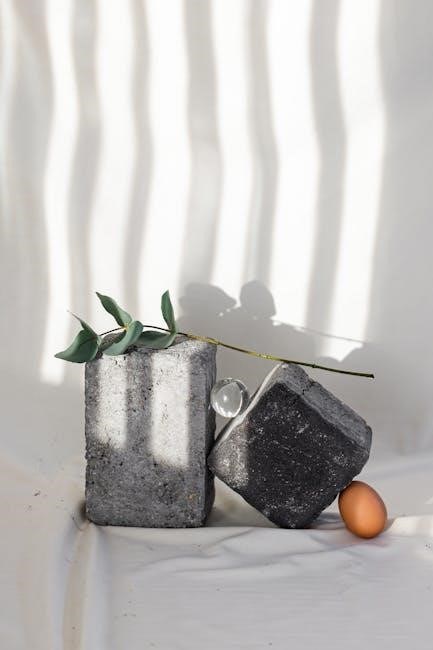Knitted creme egg covers are a charming, eco-friendly way to protect and decorate eggs. Perfect for Easter, they offer a sustainable alternative to plastic packaging. A free PDF pattern makes it easy to create these delightful covers at home, using yarn remnants. This fun project is great for crafters of all skill levels, promoting creativity while reducing waste. It’s a thoughtful way to add a personal touch to your celebrations or charity initiatives.
Overview of Knitted Creme Egg Covers
Knitted creme egg covers are a delightful and practical way to protect chocolate eggs while adding a touch of handmade charm. These covers are designed to fit snugly around creme eggs, ensuring they stay safe and intact. Made from soft, durable yarn, they offer an eco-friendly alternative to single-use plastic packaging. The patterns are often simple and quick to knit, making them perfect for crafters of all skill levels. Many designs feature adorable themes, such as Easter motifs or seasonal colors, adding to their appeal. Whether for personal use, gifts, or charity projects, knitted creme egg covers are a thoughtful and sustainable choice. They also make great stashbusters, allowing knitters to use up leftover yarn creatively.
Why Choose Eco-Friendly Knitted Covers
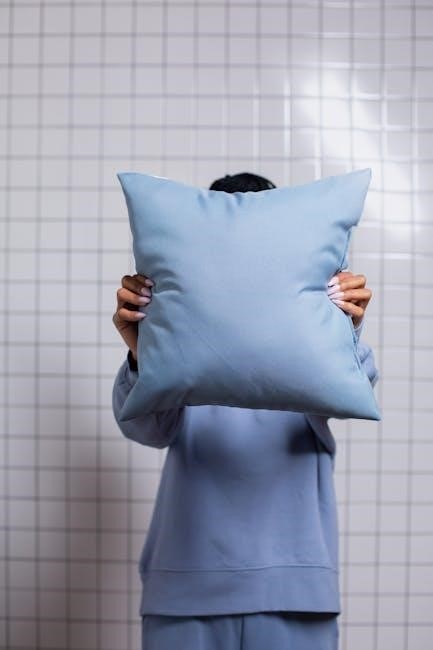
Knitted creme egg covers are an excellent eco-friendly choice, offering a sustainable alternative to disposable plastic packaging. By using leftover yarn, these covers help reduce waste and promote a greener lifestyle. They are reusable, making them a long-lasting option for protecting and displaying creme eggs. This method not only minimizes environmental impact but also encourages creativity and resourcefulness. Additionally, knitting your own covers allows you to avoid single-use plastics, aligning with global efforts to reduce pollution. The process also fosters a sense of accomplishment and connection to handmade craftsmanship. Choosing eco-friendly knitted covers is a small but meaningful step toward a more sustainable future, while also adding a personal and charming touch to your celebrations.
Materials and Tools Needed
Double knitting yarn in any color, size 10 knitting needles, and basic tools like scissors and a tapestry needle are essential. Leftover yarn works perfectly for this eco-friendly project, making it a great stashbuster opportunity while keeping the process simple and cost-effective.
Yarn Requirements for the Pattern
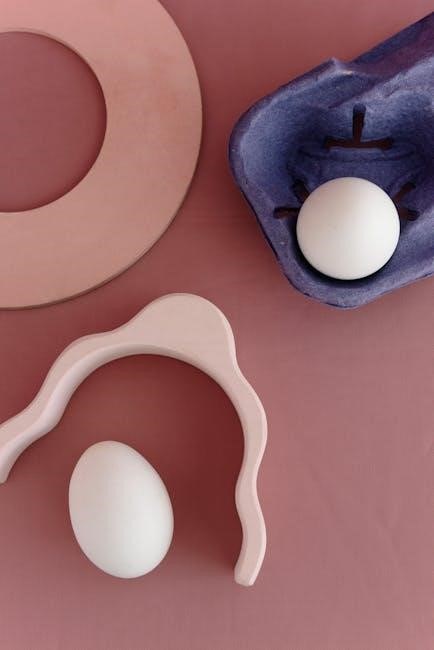
For this simple knitted creme egg cover, you’ll need a small amount of double knitting (DK) weight yarn, approximately 20-30 yards, depending on the size. Choose a smooth, medium-weight yarn with good stitch definition to ensure the texture of your knitting is visible. Acrylic or cotton blends are ideal for durability and ease of care. If using leftover yarn from your stash, ensure it’s sufficient to complete the project. For a festive look, opt for pastel shades or bright colors to match the vibrant appearance of creme eggs. Avoid overly bulky or variegated yarns, as they may distract from the simple design. This pattern is a great way to use up small yarn scraps while creating an eco-friendly and charming cover.
Knitting Needles and Other Tools

To create a simple knitted creme egg cover, you’ll need a pair of knitting needles. Use 3.5mm (US 4) straight knitting needles or circular needles, depending on your preference. Ensure they are appropriate for the yarn weight specified in your pattern. Additionally, you’ll need a few essential tools: a scissors to cut the yarn, a yarn needle for weaving in ends, and a tapestry needle for sewing seams if required. A measuring tape or ruler is handy to check the size as you knit. Optional tools include stitch markers to keep track of your place in the pattern and a small bowl or container to manage your yarn. Having all these tools ready will make the knitting process smooth and enjoyable, allowing you to focus on crafting your eco-friendly creme egg cover.
Step-by-Step Knitting Guide
Start with a cast-on, then knit rows using basic stitches. Shape the egg form by increasing and decreasing stitches. Add a closure to secure the egg inside. Finish by sewing seams and weaving ends.

Basic Knitting Stitches for Beginners
Mastering basic knitting stitches is essential for creating a simple knitted creme egg cover. Start with the garter stitch, which involves knitting every row. This stitch creates a textured, ridged fabric perfect for the egg cover’s body. Next, learn the stockinette stitch, achieved by alternating rows of knit and purl stitches, resulting in a smooth, elastic fabric; For beginners, practicing the knit stitch and purl stitch separately is crucial before combining them. Additionally, learn how to slip stitches to join rounds or shape the cover. Finally, understand how to bind off neatly to secure your work. These foundational stitches will form the basis of your creme egg cover pattern, ensuring a professional finish and proper fit for the chocolate egg inside.
Increasing Stitches for the Egg Shape
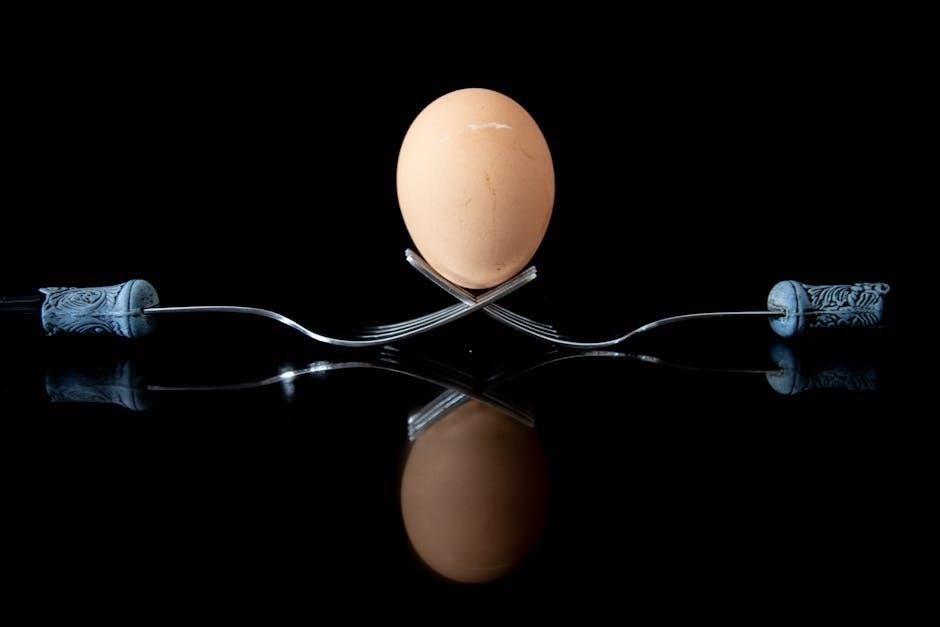
To achieve the rounded shape of a creme egg cover, increasing stitches is essential. This technique allows the fabric to expand gradually, creating the desired oval form. The most common methods include the “knitfront and back” (kfab) and “make one” (m1) techniques. These increases are typically placed at specific intervals to ensure an even shape. For a seamless look, distribute increases symmetrically around the egg cover. Maintaining consistent tension while increasing prevents puckering or looseness. By carefully following the pattern’s increase instructions, you’ll craft a cover that snugly fits the chocolate egg inside. Remember to count your stitches after each increase to ensure accuracy. This step is crucial for achieving the perfect shape, making your knitted creme egg cover both functional and visually appealing.
Knitting the Body of the Cover
Knitting the body of the creme egg cover involves creating a seamless, rounded shape that fits snugly over the chocolate egg. Begin by working in the round using circular needles or double-pointed needles, ensuring the fabric lies flat. The body is typically knit in stockinette stitch, which creates a smooth, elastic texture. As you knit, maintain even tension to prevent the cover from becoming too loose or tight. Once the desired height is reached, shape the top by gradually decreasing stitches to form a neat closure. This step ensures the cover fits securely over the egg. For a professional finish, weave in ends carefully and block the cover if needed. The body should be symmetrical and smooth, providing a perfect fit for the chocolate treat inside.
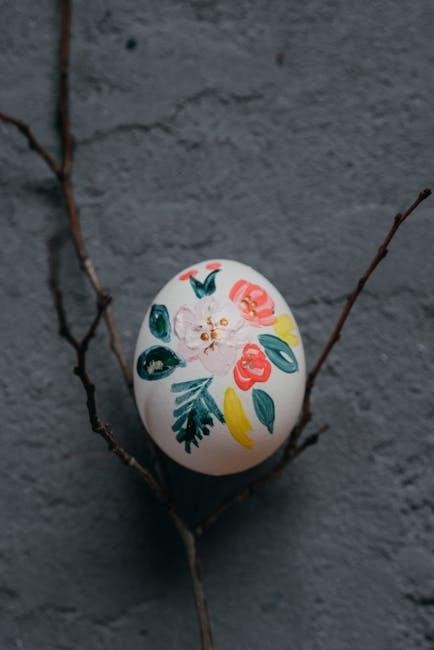
Patterns and Designs
Explore various knitting patterns for creme egg covers, from stripes to textured designs, all available in a free PDF pattern. Customize colors and styles for unique creations.
Simple Knitting Patterns for Creme Egg Covers
Simple knitting patterns for creme egg covers are perfect for beginners and experienced knitters alike. These patterns typically feature straightforward stitches like garter or stockinette, making them easy to follow. Many free PDF patterns offer a variety of designs, from plain to slightly textured, allowing you to customize the look. You can choose from small, medium, or large sizes to fit different creme egg sizes. The patterns often include clear instructions on gauge, yarn weight, and needle size, ensuring a perfect fit. Whether you prefer a classic look or a more modern design, these patterns provide a great way to create eco-friendly covers. Plus, they’re ideal for using up leftover yarn, making them a great stash-busting project. Download your free pattern today and start knitting your own unique creme egg covers!
Customizing Your Egg Cover Design
Customizing your egg cover design allows you to add a personal touch to your knitted creations. Start by experimenting with different yarn colors to match your favorite hues or seasonal themes. Add embellishments like buttons, sequins, or embroidery for a unique look. You can also modify the pattern to create texture by incorporating cables, moss stitch, or Fair Isle knitting. For a personalized fit, adjust the size by changing needle sizes or adding extra rows. Try mixing yarn weights or blending different fibers for a one-of-a-kind texture. To make it eco-friendly, use sustainable yarns or repurpose old sweaters. Don’t shy away from creativity—add stripes, polka dots, or other motifs to make your covers stand out. With endless possibilities, your egg covers can reflect your personal style while staying true to the simple, charming design.
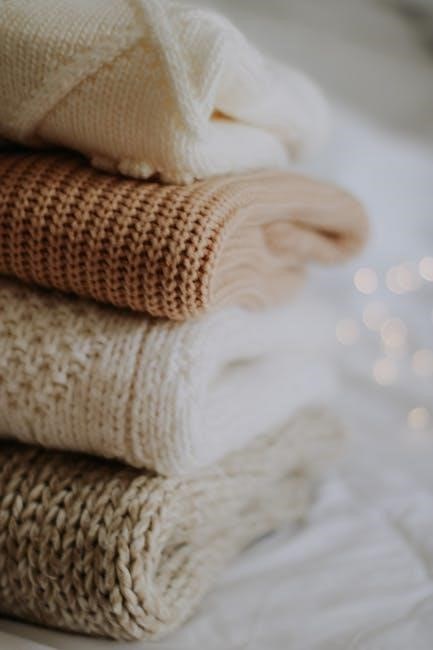
Free PDF Pattern Download
The simple knitted creme egg cover free pattern PDF is available for download on popular crafting websites or blogs. It’s free, easy to access, and ready to print or use digitally.

Where to Find the Free PDF Pattern
The free PDF pattern for simple knitted creme egg covers is widely available on popular crafting websites, knitting blogs, and platforms like Pinterest or Ravelry. Many designers offer this pattern as a free download to encourage creativity and eco-friendly crafting. You can search for “simple knitted creme egg cover free pattern PDF” on your favorite search engine or visit websites specializing in knitting patterns. Additionally, crafting communities on social media often share links to free resources. Once you locate the pattern, ensure it includes clear instructions and measurements for the creme egg size. Downloading is usually straightforward, and the PDF is ready to print or use digitally for your knitting projects.
Downloading and Printing the Pattern
Once you locate the free PDF pattern for your simple knitted creme egg cover, downloading is typically straightforward. Most websites offer a direct download link, often labeled as “Download Now” or “Get Free Pattern.” Ensure your device has a PDF reader installed, such as Adobe Acrobat, to open the file. The pattern is usually formatted in A4 size, making it easy to print on standard paper. Before printing, check your printer settings to ensure the scaling is set to “Actual Size” or “100%” to maintain the correct measurements. Printing in black and white is sufficient, as the pattern does not require color. After printing, gather your materials and tools to begin your knitting project. This step ensures you’re ready to follow the instructions seamlessly.
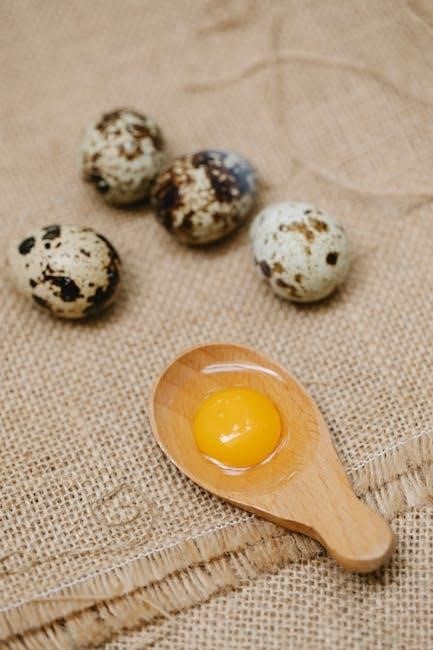
Tips and Variations
Explore creative ways to customize your creme egg covers with varying yarn colors, embellishments, and sizes. Experiment with different stitches for unique textures and personalized touches.
Stashbuster Ideas for Knitting Eggs
Transform leftover yarn into charming knitted creme egg covers, making them perfect stashbuster projects. Use scraps of yarn to create multi-colored eggs or stripe patterns for a unique look. Experiment with different yarn weights to produce varying sizes, from small to large eggs. This is an excellent way to declutter your yarn stash while crafting thoughtful gifts or decorations. Consider adding embellishments like buttons or sequins for extra flair. You can also knit multiple eggs to create a set, perfect for Easter baskets or themed displays. This project is ideal for using up odd balls of yarn and exploring creativity without committing to large quantities of materials.
Tips for Knitting Charity Projects
Knitting for charity is a rewarding way to give back to your community while enjoying your hobby. When creating creme egg covers for charitable causes, consider organizing knitting groups to increase production and share tips. Use durable, easy-care yarns to ensure the covers withstand handling. Keep patterns simple to involve knitters of all skill levels. Set achievable goals, like knitting a certain number of covers per month, to maintain motivation. Partner with local organizations to distribute the finished items effectively. Encourage others to join by sharing the free PDF pattern and highlighting the positive impact of their contributions. Knitting for charity not only spreads joy but also fosters a sense of community among participants.
Creating simple knitted creme egg covers is a fun, eco-friendly project. Use stash yarn, share, or gift them, spreading joy while being sustainable.
Final Thoughts on Knitting Creme Egg Covers
Knitting creme egg covers is a delightful way to combine creativity with sustainability. These small projects are perfect for using up leftover yarn, making them eco-friendly and budget-friendly. The process is rewarding, allowing you to create something useful and charming. Whether you’re gifting them, using them yourself, or donating to a good cause, these covers bring joy to both the maker and the receiver. The simplicity of the pattern makes it accessible to knitters of all skill levels, while the finished product adds a personal touch to Easter celebrations. Embrace the satisfaction of handmade crafting and share your creations with others!
Encouragement to Share Your Finished Projects
Sharing your finished creme egg covers is a great way to inspire others and showcase your creativity. Whether it’s on social media, crafting forums, or with friends and family, your handmade projects can spark joy and motivation. Platforms like Instagram, Facebook, and Pinterest are perfect for displaying your knitted creations. Use hashtags like #KnittedEggCovers or #CremeEggPattern to connect with fellow crafters. Sharing your work not only celebrates your accomplishment but also contributes to the crafting community. Plus, it’s a wonderful way to receive feedback, gain new ideas, and inspire others to try the pattern. Don’t hesitate to show off your skills and be proud of your handmade treasures!
